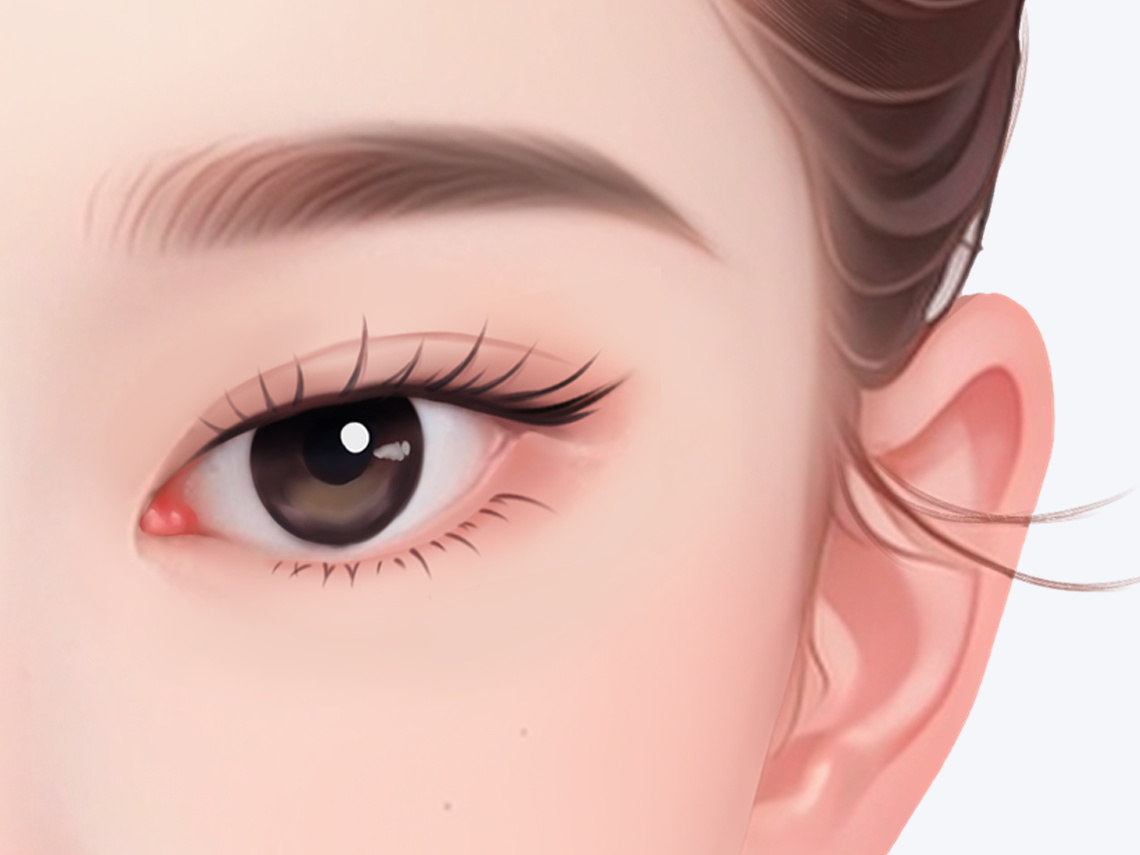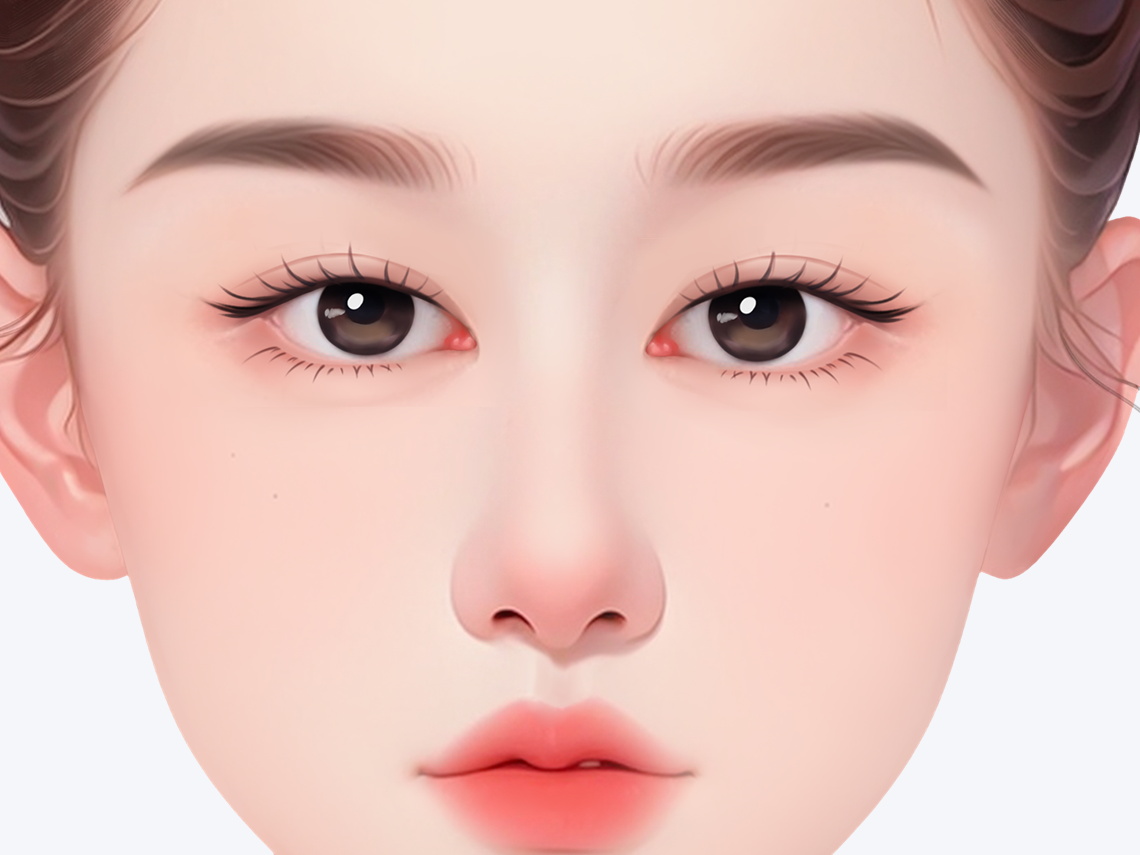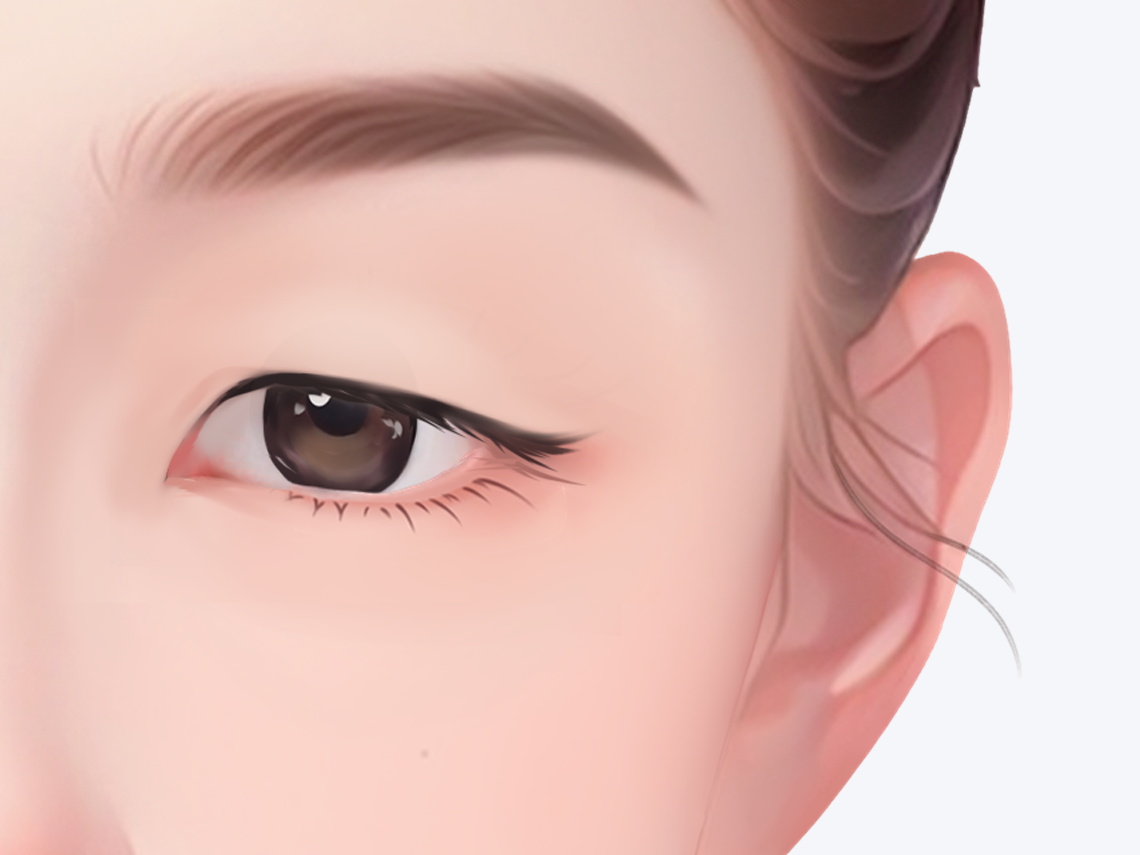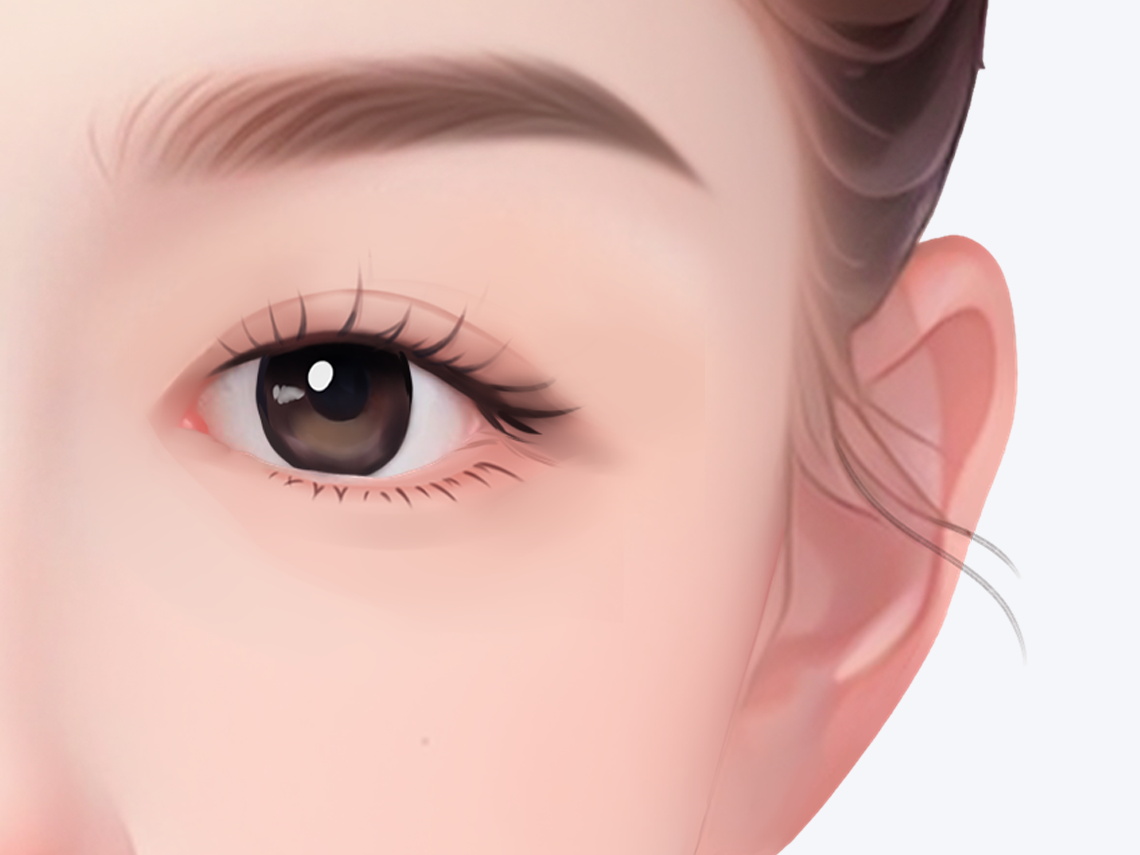What eye shapes are suitable for lateral canthoplasty?
In general, external eye corner opening refers to lateral canthoplasty. Eye types suitable for lateral canthoplasty include upslanting eyes, narrow-set eyes, triangular eyes, round eyes, and downward-slanting eye corners. If needed, it is recommended to visit a professional medical institution and consult with a qualified physician to choose an appropriate surgical plan.
Analysis of eye types suitable for lateral canthoplasty:
Eye Type |
Upslanting Eyes |
Narrow-Set Eyes |
Triangular Eyes |
Round Eyes |
Downward-Slanting Eye Corners |
Illustration |
|
|
|
|
|
Specific Characteristics |
The outer corner of the eye is higher than the inner corner |
The distance between the two eyes is relatively small |
The eye shape resembles an inverted triangle |
The eye shape appears more rounded |
The outer corner of the eye is lower than the inner corner |
Causes |
Genetic factors |
Genetic factors |
Skin laxity |
Genetic factors |
Genetics, aging, or neurological conditions |
Improvement Effects |
Lowering the outer eye corner for a more balanced and aesthetically pleasing appearance |
Adjusting interocular distance to reduce facial crowding |
Tightening the periorbital skin for brighter, more alert-looking eyes |
Enlarging and elongating the eyes to enhance dimensionality |
Lifting the position of the outer eye corner to improve overall appearance |
Analysis of lateral canthoplasty procedure:
| Procedure Name | Lateral Canthoplasty |
| Principle | By incising the skin and conjunctival tissue at the lateral canthus, the lateral palpebral ligament and conjunctiva are released, stretched outward, and fixed to extend and widen the lateral canthal angle, thereby altering the aesthetic proportions of the eye |
| Recovery Period | 1–3 months |
| Maintenance Duration | Long-term |
| Reference Price | 3,000–8,000 CNY |
| Potential Risks |
1. Scar hypertrophy and infection 2. Conjunctival exposure and incomplete eyelid closure 3. Eyelid swelling and bruising 4. Suboptimal curvature of the lateral eyelid margin |
It is recommended to consult a qualified plastic surgeon and select the most suitable surgical approach based on individual circumstances.









